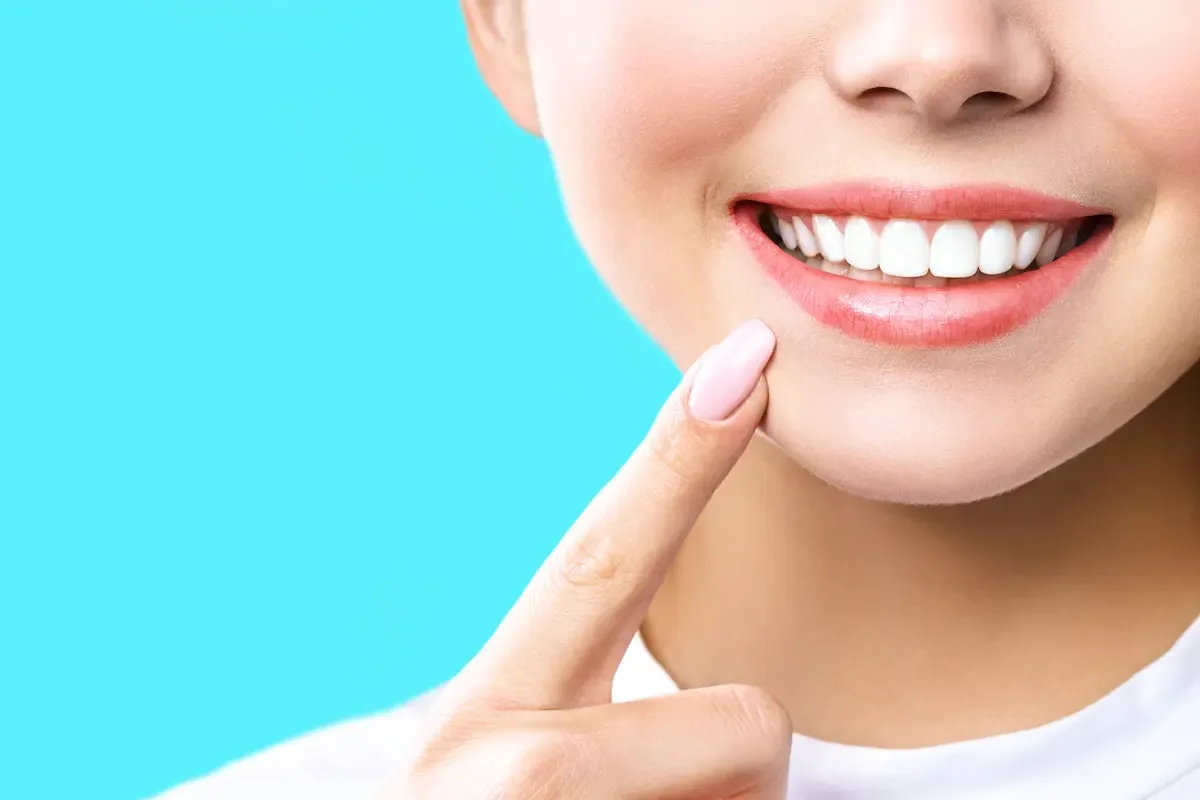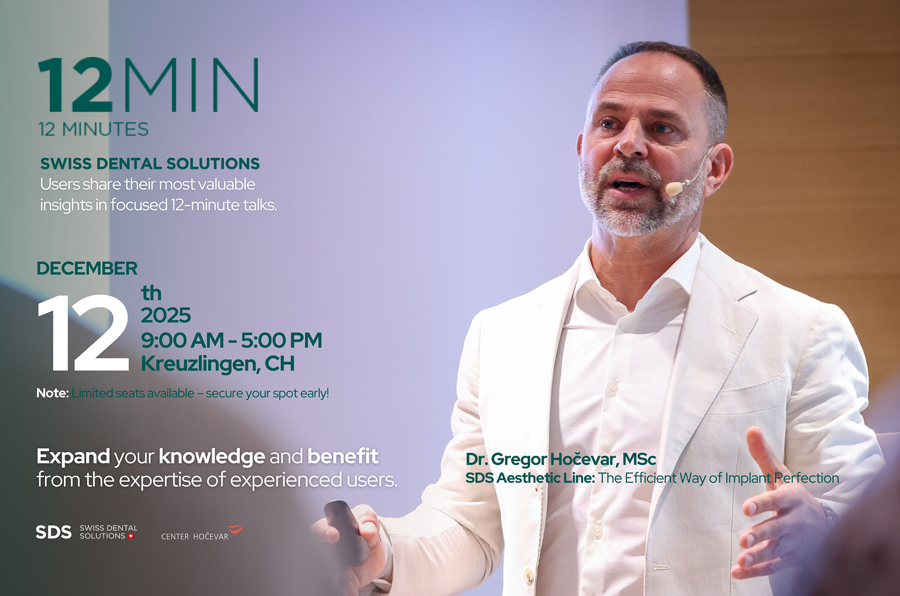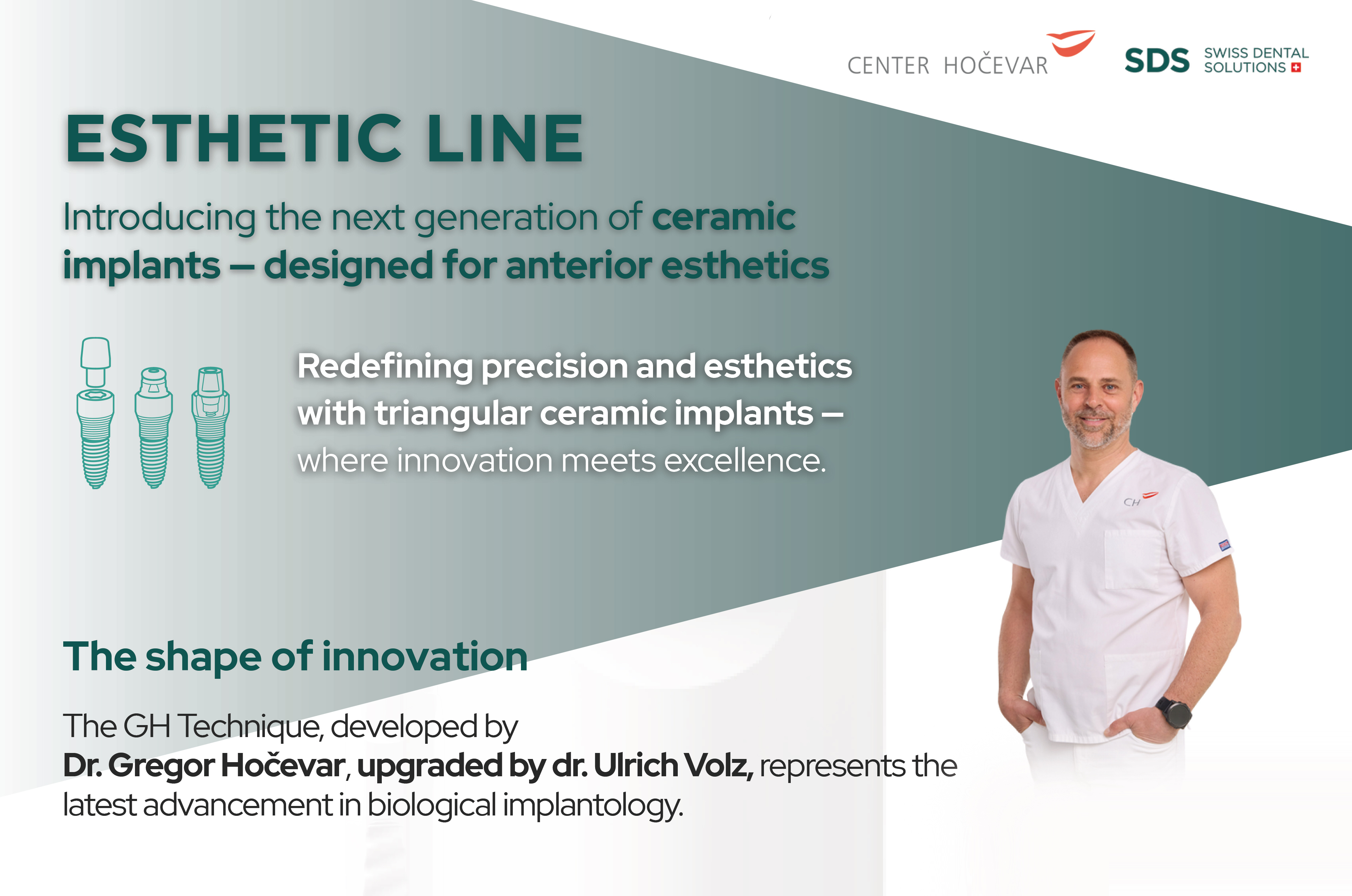If you don’t know what’s wrong with amalgam fillings, please read the long list of scientific evidence put together by Anton Komat in the May 2009 issue of our magazine entitled “Amalgams – ticking time bombs” (on the website www.zazdravje.net, search for amalgam).
And if you are aware of it and have decided to get rid of such fillings as soon as possible, it is very important that it be done correctly.
Changing amalgam fillings is not such a simple task. As long as they’re in your mouth, harmful substances are slowly being released. A WHO report states that exposure to mercury (Hg) from dental fillings is greater than from any other environmental source and that every day, 3.0 to 17.0 micrograms of Hg are released from every filling when chewing. For an average person with 8 fillings this means that the quantity of the released Hg is at least twice as high as that from consuming even the most contaminated fish. According to the Slovenian National Institute for Public Health, the United States Environmental Protection Agency confirmed the Rfd (reference dose) in 2001 – this is the quantity people can ingest daily and still be within “normal” limits. This value is 0.1 micrograms per kilogram; for a person who weighs 60 kg, that means 6 micrograms. So the release from one filling exceeds what is considered an acceptable intake of mercury per day.
This is certainly bad news. And here’s even worse news: shaving an old filling can release more mercury at once than it does in a year (up to 10,000 micrograms Hg). So it is important to remove amalgam safely, and this issue should have much more coverage in the media and the field than it does.
How should it be?
There is a big difference between dentists who claim to know how to handle amalgam and dentists who actually do it correctly. In order to recognize whether you’re in good hands, we’ve found a dentist who excels at this and asked him to describe how the removal of amalgam fillings should be done correctly. Thank you Mr. Gregor Hočevar, dr. stom., for the following explanations.
“At our practice, amalgam hasn’t been used in years. We have opted for this since the old technology of making an amalgam filling required the destruction of a big chunk of the healthy part of the tooth in addition to the decay. The technology for making such a mercury filling is more than a hundred years old and it is slowly losing its place in modern dentistry. Current technologies and modern materials make dentistry a lot more tooth-friendly and much less destructive to teeth and periodontal tissues. However, we still encounter amalgam at our work, mostly when removing it from teeth, which is most often when changing fillings.
When removing old amalgam fillings, harmful vapors are released which the patient as well as the staff might inhale, and dust is formed which the patient might swallow. A rubber membrane is used to protect the patient. It is fitted to the tooth from which the filling is to be removed.
To remove them, we don’t use classic diamond drills, but special drills meant for this. For the suction of water and vapors released when removing a mercury filling, special drill vacuums and corresponding nozzles are used that cover the whole tooth. After the removal of the filling, the membrane is taken off and the patient can intensely rinse their oral cavity. The amalgam that is sucked from the tooth is collected through vacuums and filters in a special device called an amalgam recycler that every dentist chair must have in accordance with the law.”
This concludes the description of what the procedure and the necessary equipment look like in order to minimize the quantity of mercury you breathe in or swallow during the procedure. So check how your dentist will go about this task before you sit in their chair.
Before and after the removal
New technology is not foolproof, so the recommended measures we have previously detailed still apply in many cases. Let’s repeat.
For your own safety, allow your body to take in as much chlorophyll as possible since chlorophyll binds itself with heavy metals and allows them to be secreted from the body before they start accumulating in tissues.
In the preparatory phase, the recommendation is about three grams three times per day. When you see your dentist, it is good to have a few chlorella or barley grass pills on you. Chew them, hold them in your mouth for a few minutes, then spit out. Chlorophyll will bind with mercury vapors and allow the mercury to be secreted from your body. You should continue with such high doses for three days, and after that, cut the amount in half. If you have other amalgam fillings, you should take preparations with chlorophyll to lessen the amount of the heavy metal absorbed into your body and brain.
This will improve the acute poisoning that the removal of such fillings can result in. Read on how to deal with heavy metals that have relocated to your brain and nervous system over the years through amalgam fillings in the article “How to free yourself of mercury” (May 2009) on our website www.zazdravje.net.
For the health of humans and nature 04/2011



















